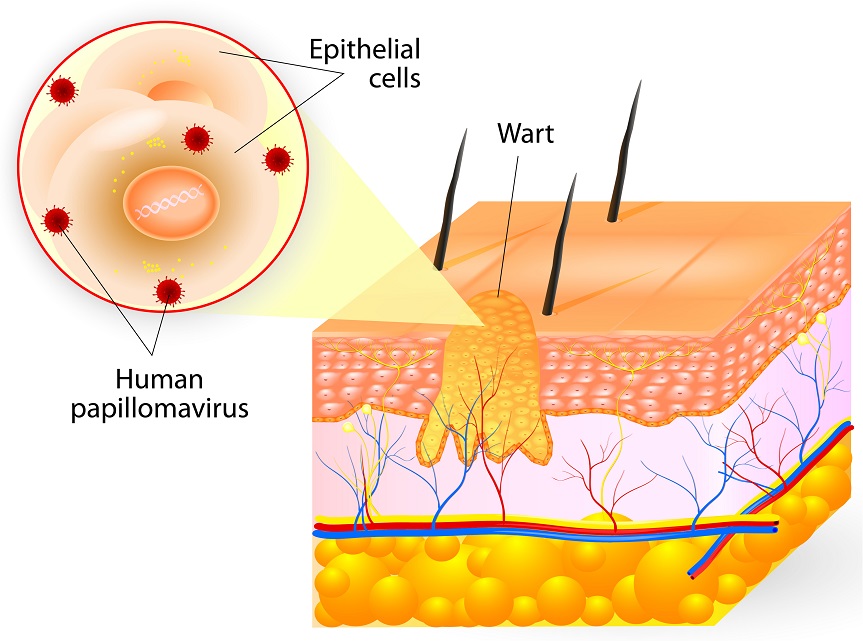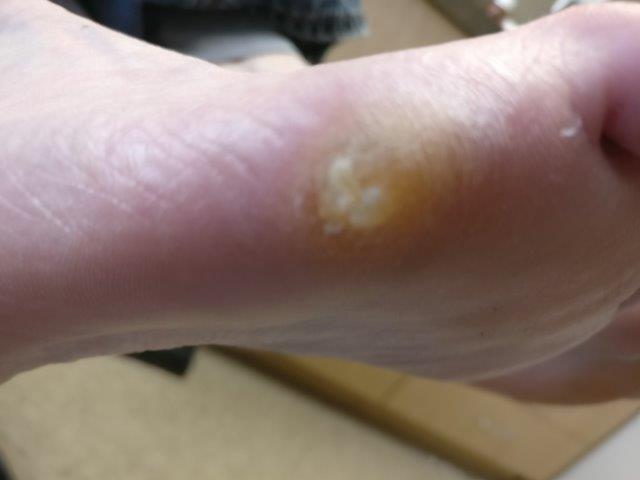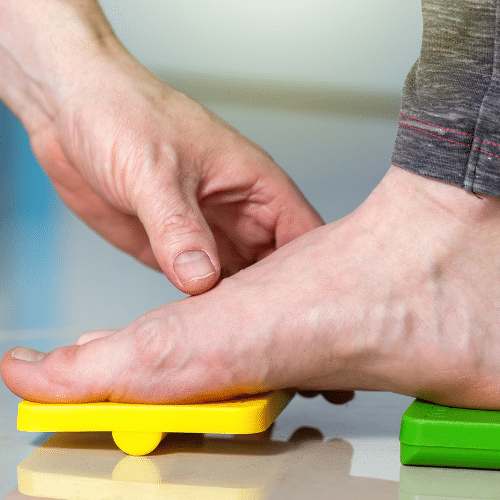Expert Foot & Ankle Treatment from Michigan’s #1 Podiatrist - Balance Foot & Ankle Specialist
Verruca Duct Tape Removal Treatment
Plantar Wart Home Remedy
Do you have a plantar wart that’s causing discomfort or embarrassment? Plantar warts, also known as verrucas, are caused by the human papillomavirus (HPV) and often appear on the bottom of the feet, especially on pressure points like the heel or ball of the foot. These warts can feel like small, hard lumps and may have tiny black dots in the center. One popular home remedy that has gained attention for its effectiveness is the duct tape method. This involves covering the wart with duct tape for several days, then soaking and gently removing the top layer of dead skin with a pumice stone or emery board. Repeating this process can help stimulate the body’s immune system to fight off the virus and gradually remove the wart. We go over exactly how to do this at home safely and effectively, plus tips to speed up healing and prevent the wart from spreading to other areas or people. Whether you're looking for a cost-effective solution or trying to avoid more invasive treatments, duct tape therapy could be a great first step toward getting rid of your plantar wart for good.
Toenail Pain (Toenail Fungus, Ingrown Toenails, Discolored Toenails)
Plantar Wart vs. Foot Corns vs. Calluses Treatment Video
Plantar Wart & Verruca Duct Tape Removal Treatment Video:
Do you have a Plantar Wart? A Foot Corn, Toe Corn, or Foot Callus?
We go over the TOP 20 BEST Home Remedies & Home Treatments!
Learn the BEST Home Remedies & Home Treatments for your plantar wart removal, foot callus, foot corn, toe callus & toe corn pain! The 3 most common lesions on the toes or feet are corns on the feet, warts on the foot, corns on the toes, and foot calluses. We’ve got you covered with all of these!
Plantar warts can also be known as an HPV wart (human papillomavirus wart), a planters wart, or a plantar verruca. There are different types of warts: flat warts, filiform warts, common warts, periungual warts, and warts on feet.

Verruca Duct Tape Removal Treatment Method Overview:
This is one of our favorite treatment of choices!
- You have to know about foot warts that there is probably not too much else to worry about except for pain and the ability to spread.
- This duct tape method is not the most potent way to remove them, but you don’t have to buy anything extra.
- This 2019 research paper reviews the benefits and techniques for using duct tape for a plantar wart.
- You stick on a piece of duct tape to your foot and forget it is even there for 2 weeks.
- Duct tape sticks to the foot great, especially the heel and the forefoot; you can even shower with it on.
Complete Guide To Plantar Warts
Is Duct Tape the Best Verruca Treatment?
It is my personal favorite. Watch this video to find out why!
How Does Duct Tape Work:
Duct Tape removes warts in these ways:
- It mechanically debrides the top layer of skin when the wart is pulled away.
- The emery board and pumice stone also debride away the wart.
- Occlusion and water maceration occur underneath the duct tape, loosening the skin and priming it for any mechanical debridement.
- These things combine to stimulate an immunologic awareness of the wart site; whether it is inflammation or irritation, white blood cells flood into the area and destroy the foreign wart cells and particles.
Verruca Duct Tape Removal Treatment Method – Does it Work?
The studies are all over the place on the use of duct tape.
- Some say it works great, and everyone else is just trying to steal your money, and then other studies say duct tape does not work at all.
- The truth is it probably helps a good deal(at least to me) for normal warts.
- It is cheap, easy, and if the wart is still there, as in cases of really resistant warts, try something else!
Treatment Instructions
- Cut out a piece of duct tape.
- Cleanse your skin and the wart with rubbing alcohol.
- Put the piece of tape on.
- Debride the skin with a pumice stone or emery board after you take the tape off 3-4 days later, but not to the point of pain!
- Repeat this for 2-3 months.
Combine with Apple Cider Vinegar
- According to the Mayo Clinic- duct tape can be combined with apple cider vinegar.
- This method is also straightforward, and you will need: Apple Cider Vinegar, A Q-tip applicator, and a Band-aid.
- Just use the Q tip to apply vinegar to the wart (yes, this will sting a little), then put a band-aid over it while you go to sleep. This will turn the wart black after a little while.
- There are not many studies for this, but people claim it works for them.
- Combine this with the duct tape method for added results.
Read Duct Tape Complete Treatment Guide
For more on The Verruca Duct Tape Removal Treatment Method:

Walk This Way: Trusted Foot & Ankle Information
Learn what’s hurting and how to fix it.
Why Choose Balance Foot & Ankle Specialist in Howell and Bloomfield Hills?
Our experienced podiatric surgeons combine precision, care, and innovation to deliver successful outcomes in flatfoot reconstruction. With modern facilities, patient education, and compassionate care, we’ve become the trusted choice for foot and ankle surgery in Southeast Michigan. We’re committed to restoring your stride—comfortably and confidently.

Verruca Duct Tape Removal: Common Questions Answered
Yes, the duct tape method is a popular home remedy believed to suffocate the verruca and trigger the immune system to fight the virus. While results vary, many people report success with consistent use.
Use standard, non-transparent duct tape (preferably silver or gray). It provides better adhesion and airtight coverage compared to clear or decorative versions.
Clean and dry the area, then apply a small piece of duct tape over the verruca. Leave it on for 6 days, then remove it, soak your foot, and gently file the wart before reapplying fresh tape.
Treatment usually takes 4 to 8 weeks. Some stubborn verrucas may take longer, so persistence and regular tape changes are key to seeing results.
Treatment often includes rest, ice, compression, elevation (RICE), wearing a brace or boot, and avoiding weight-bearing. Severe cases may require physical therapy or even surgery if the bone chip affects joint stability.
Generally, yes. It’s a non-invasive method suitable for children. However, if irritation, redness, or rash occurs, stop the treatment and consult a healthcare provider.
If the lump is painful, growing, interfering with walking, or has been present for more than a few weeks, it’s best to consult a podiatrist to get a proper diagnosis and prevent complications.
You can walk with the tape on, but avoid getting it wet. If it comes off during a shower, simply replace it with a new piece to maintain the treatment cycle.
If the verruca clears up or shows no change after 8–12 weeks, stop the treatment. Seek medical advice if the wart worsens, spreads, becomes painful, or if you have underlying health issues like diabetes.

